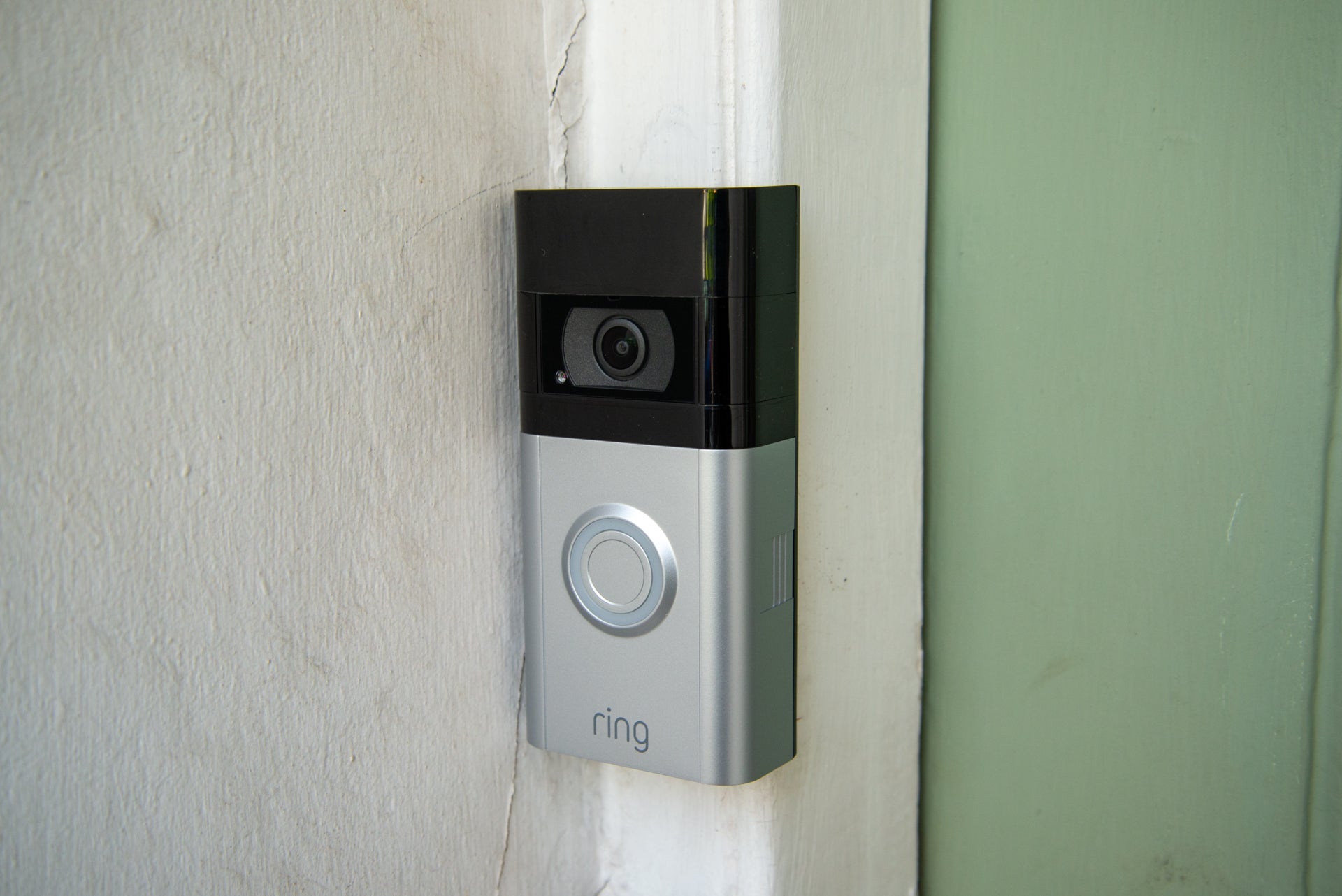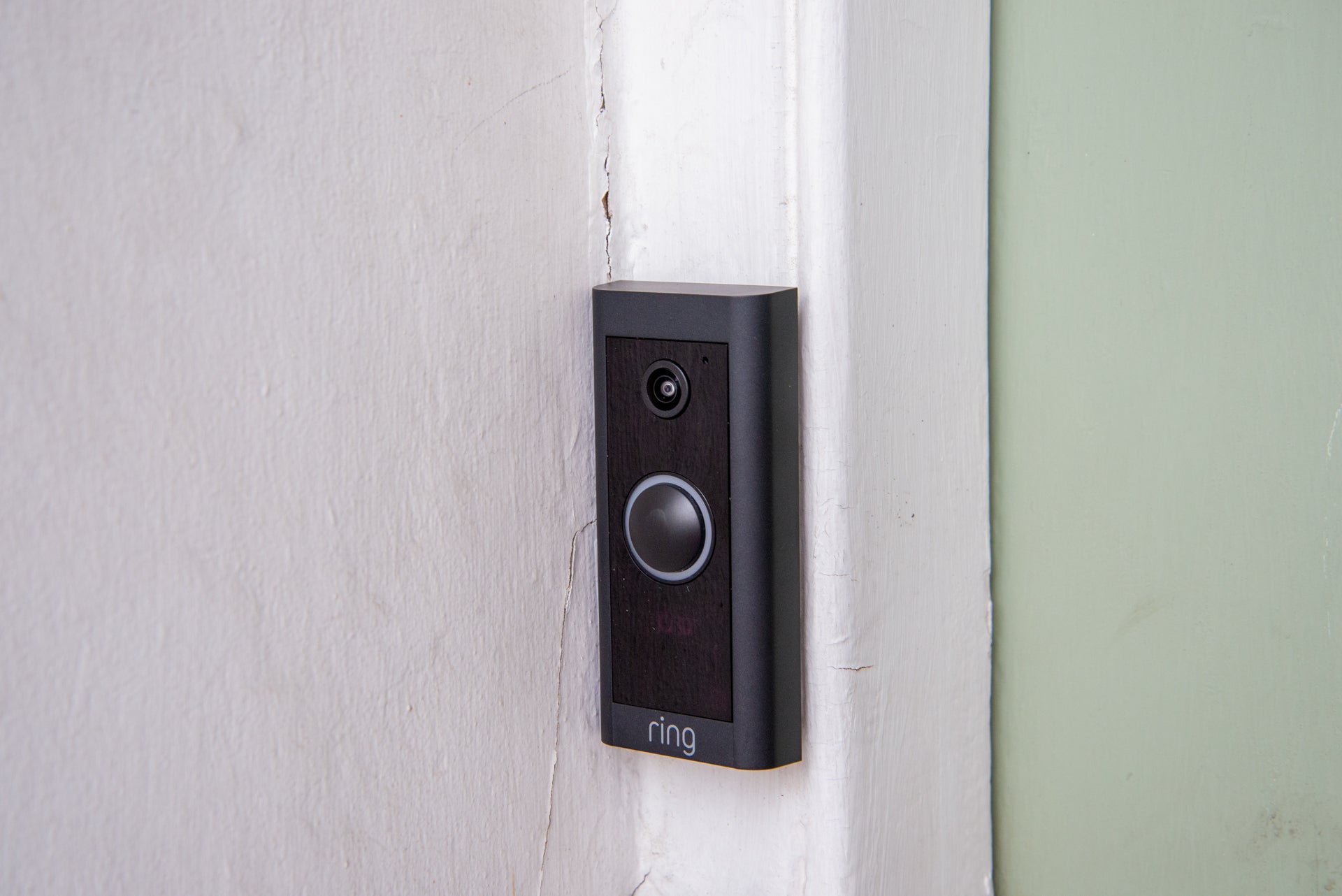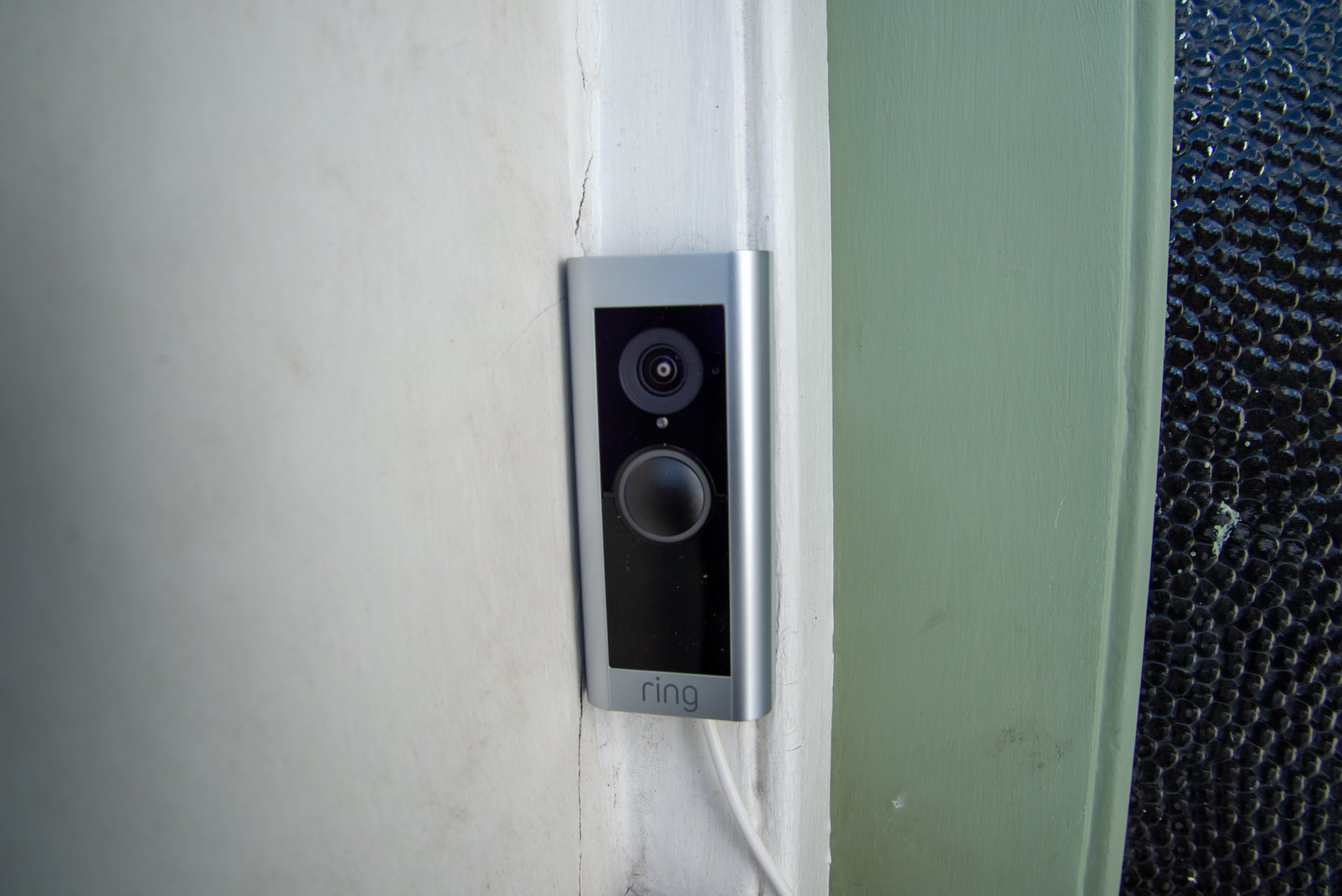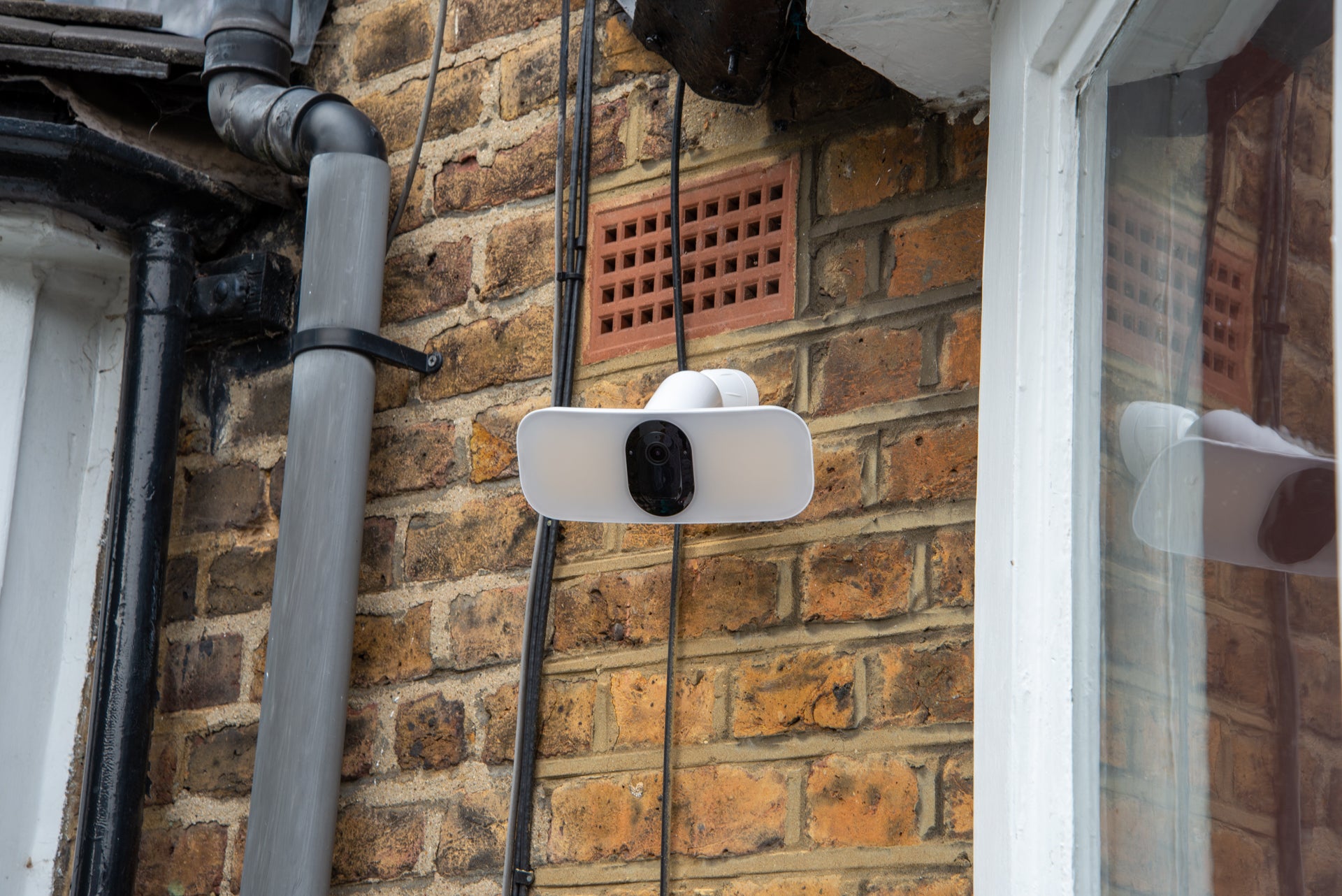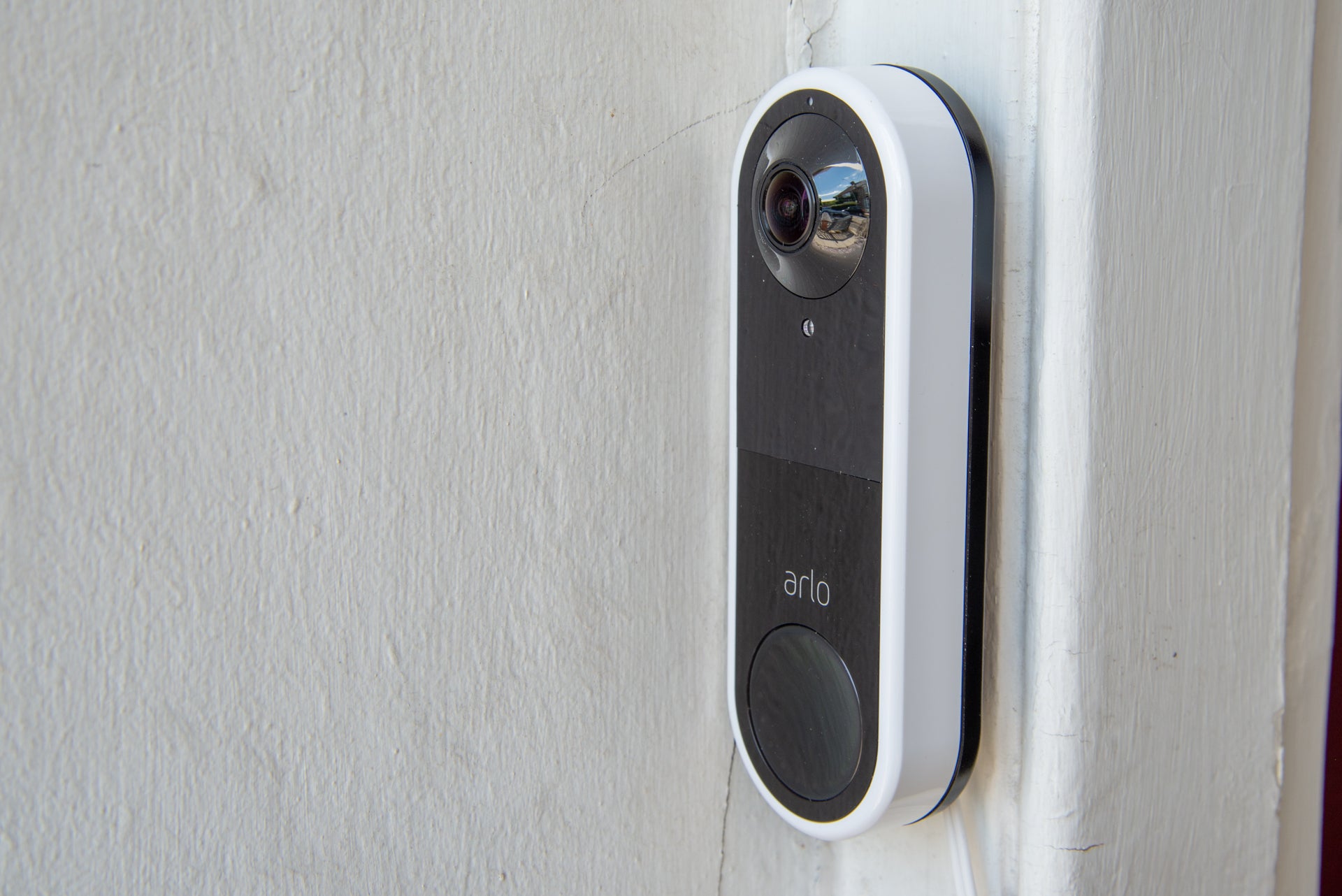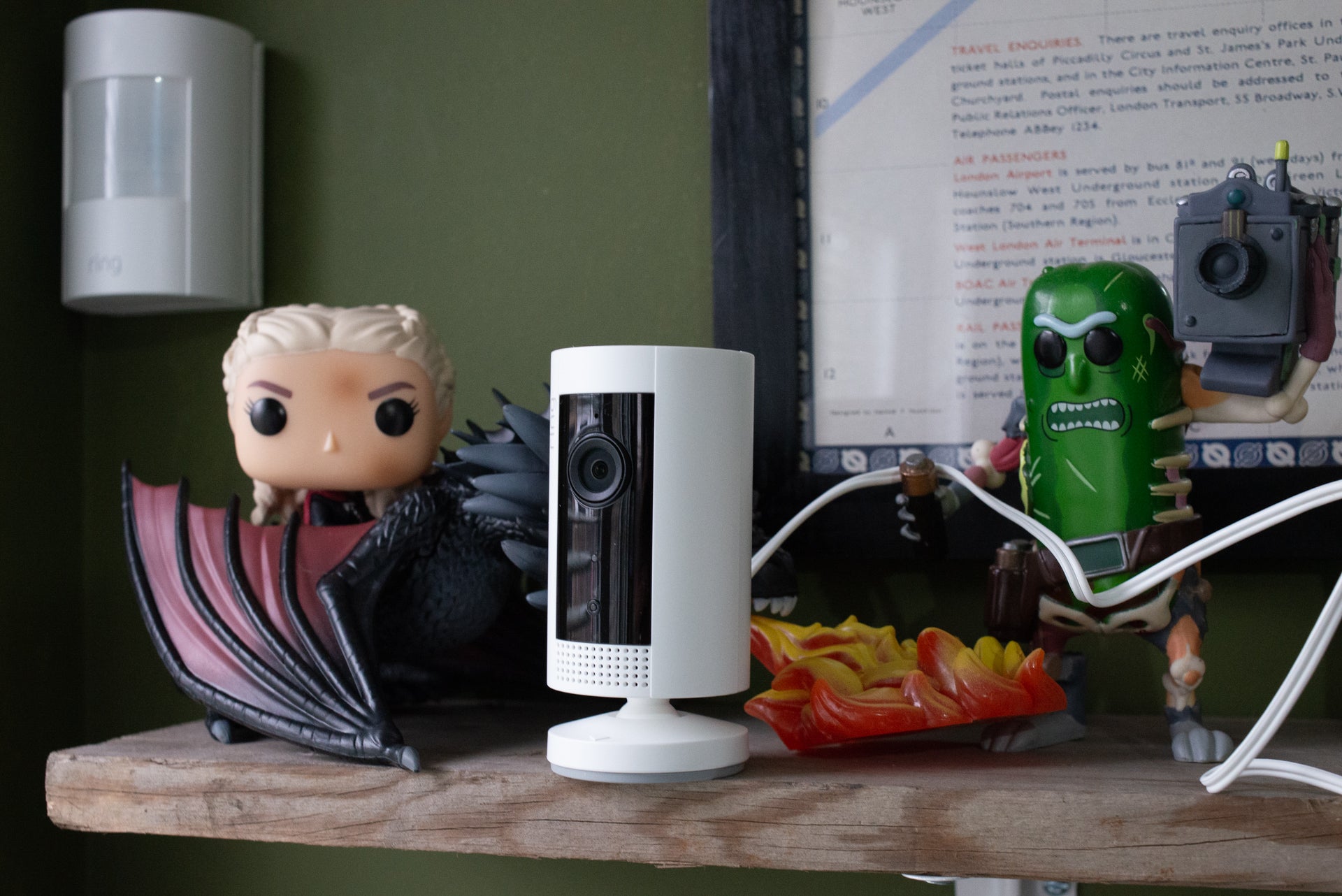Arlo Pro 3 Review
The best wireless camera system
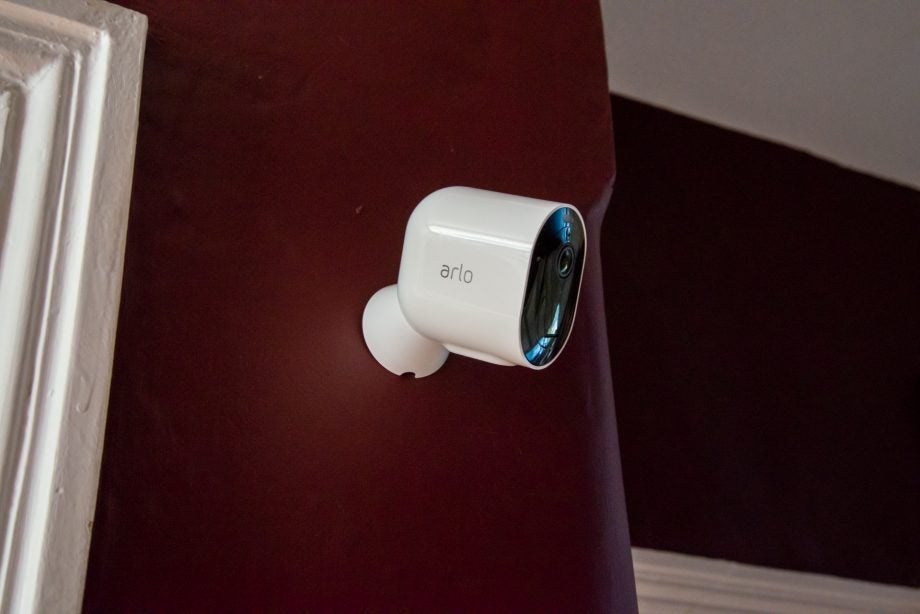

Verdict
While the Arlo Ultra was technically the best camera we reviewed, it had some limitations and a high price that held it back. With the Arlo Pro 3 you get a slightly lower 2K resolution, but still more detail most of the competition, and you maintain most of the features that the Ultra had. With ultimate flexibility thanks to the indoor/outdoor cameras, the Arlo Pro 3 is the best wireless camera system we tested. While not cheap, it offers thoroughly pleasing results for those who can afford it.
Pros
Cons
Key Specifications
- Review Price: £549.99
- Indoor/outdoor wireless cameras
- 89 x 52x 78mm (camera)
- 2k (2560 x 1440) resolution
- 160-degree lens
- Cloud, USB recording
- Colour night vision
- Battery-powered cameras
- Google Assistant and Amazon Alexa
After demonstrating with the Ultra that it could produce the best-quality video of any smart security cameras I’ve seen, Arlo is back with something almost as powerful, and for less money: the Arlo Pro 3.
With its 2K resolution, and offering most of the features that came with the Arlo Ultra at a much lower price, the Arlo Pro 3 is the security camera system that will appeal to wider range of people. There are a few minor quirks in the way the Arlo Pro 3 works, but the quality footage, indoor/outdoor cameras and ease of set-up make this a brilliant security system.
Design and installation
- Battery-powered design makes these cameras easy to place where you want them, inside or out
- Excellent design means that the camera fits in to your home
- Battery pops out for easy charging
The Arlo Pro 3 cameras look exactly like the Arlo Ultra. The lozenge-shaped wireless cameras look fantastic, finished with a glossy white plastic. Push the button underneath and the internals spring forwards so that you can get to the battery.
As with the Ultra, the Pro 3 uses the new magnetic charging cable, which lets you charge the camera in situ, or you can bring it in; there’s also an optional charging dock for the batteries, so you can just switch and go for continuous recording.
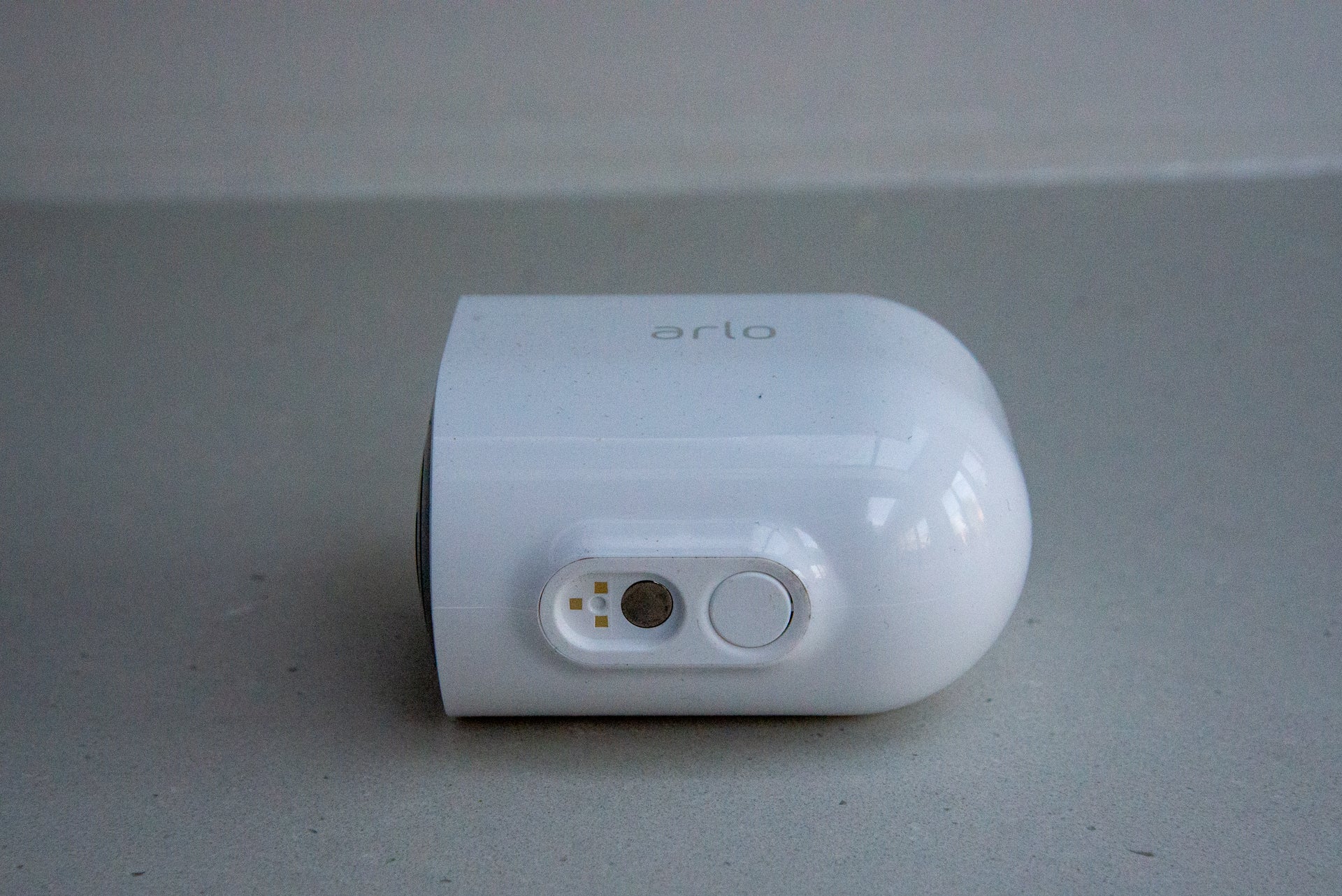
The magnetic charging dock lets you charge the battery in situ
With the two camera kit, you get two Pro 3 cameras and the Pro 3 Base Station, which plugs into your home network, The Pro 3 Base Station is the same as the Ultra Base Station, only it has a USB port for local recording storage, whereas the Ultra has a microSD card slot.
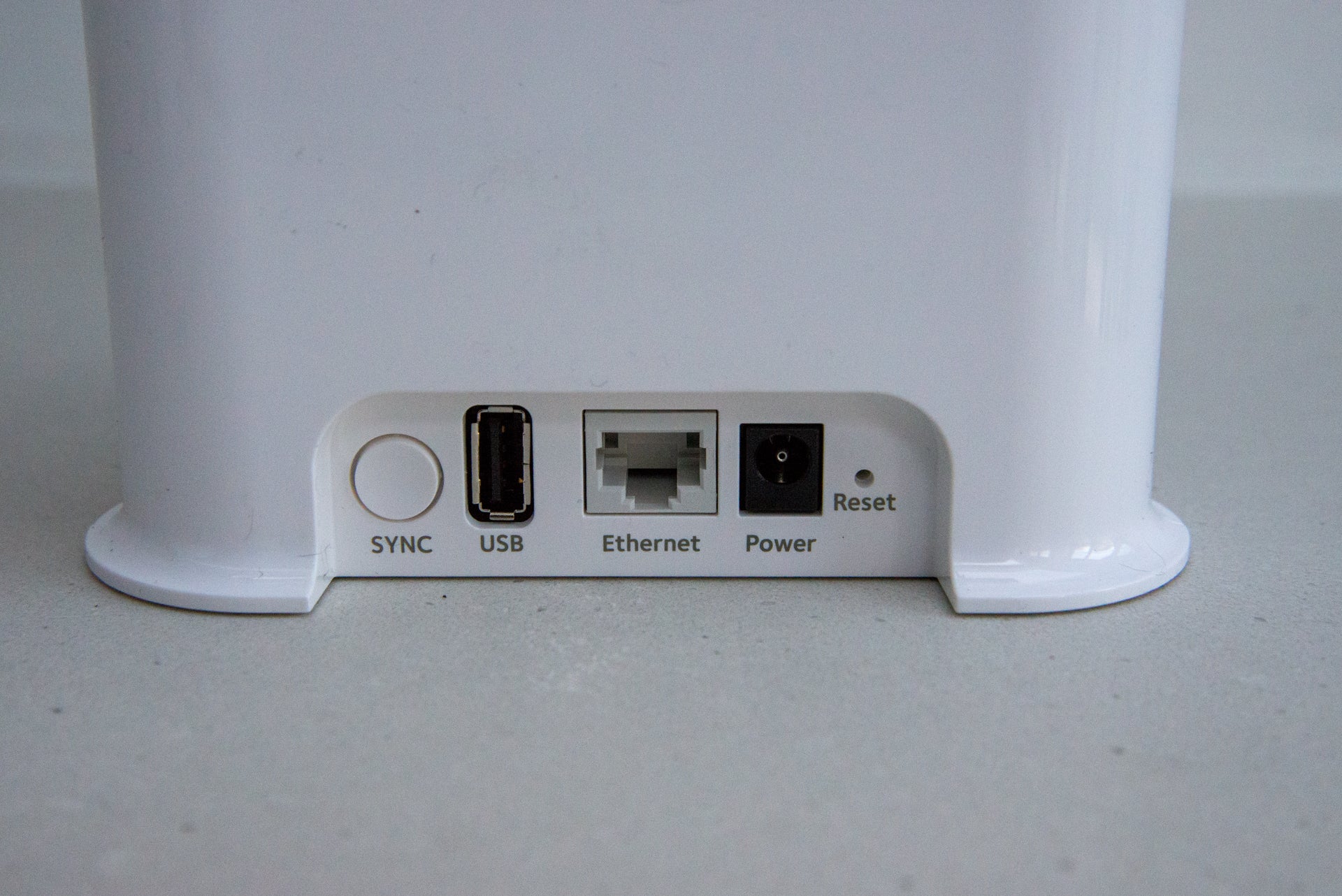
The base station enables local recording to a USB drive
You may not need a kit, as the Pro 3 can connect to either the Pro 3 Base Station or the Ultra Base Station (the Ultra camera can connect to the Pro 3 Base Station). If you’ve already got an Ultra, this means that you can buy a Pro 3 add-on camera to keep the price down. If you’ve got an older Arlo camera, you’ll need to upgrade your base station, but you can connect old Arlo cameras to the new base station.
Wirelessly joining a camera to a base station should be simple, but my sample ran into a problem where the app couldn’t read the Base Station’s mode, so wouldn’t let me add a camera. Instead, I used the web app, which let me add a camera and then fixed the mobile app so that the camera worked properly.
With cameras connected, you can place them using the app to measure signal strength so that you can make sure they’re in range of your base station. Range is pretty good, and we could cover our entire house with the base station placed in the middle.
With the two-camera kit, you get one magnetic mount and one tripod mount. The former is easier to use, requiring a single screw to hold it in place, but the camera can just be grabbed and pulled down; the latter gives you more freedom of movement and is more secure, but you need three screw holes.
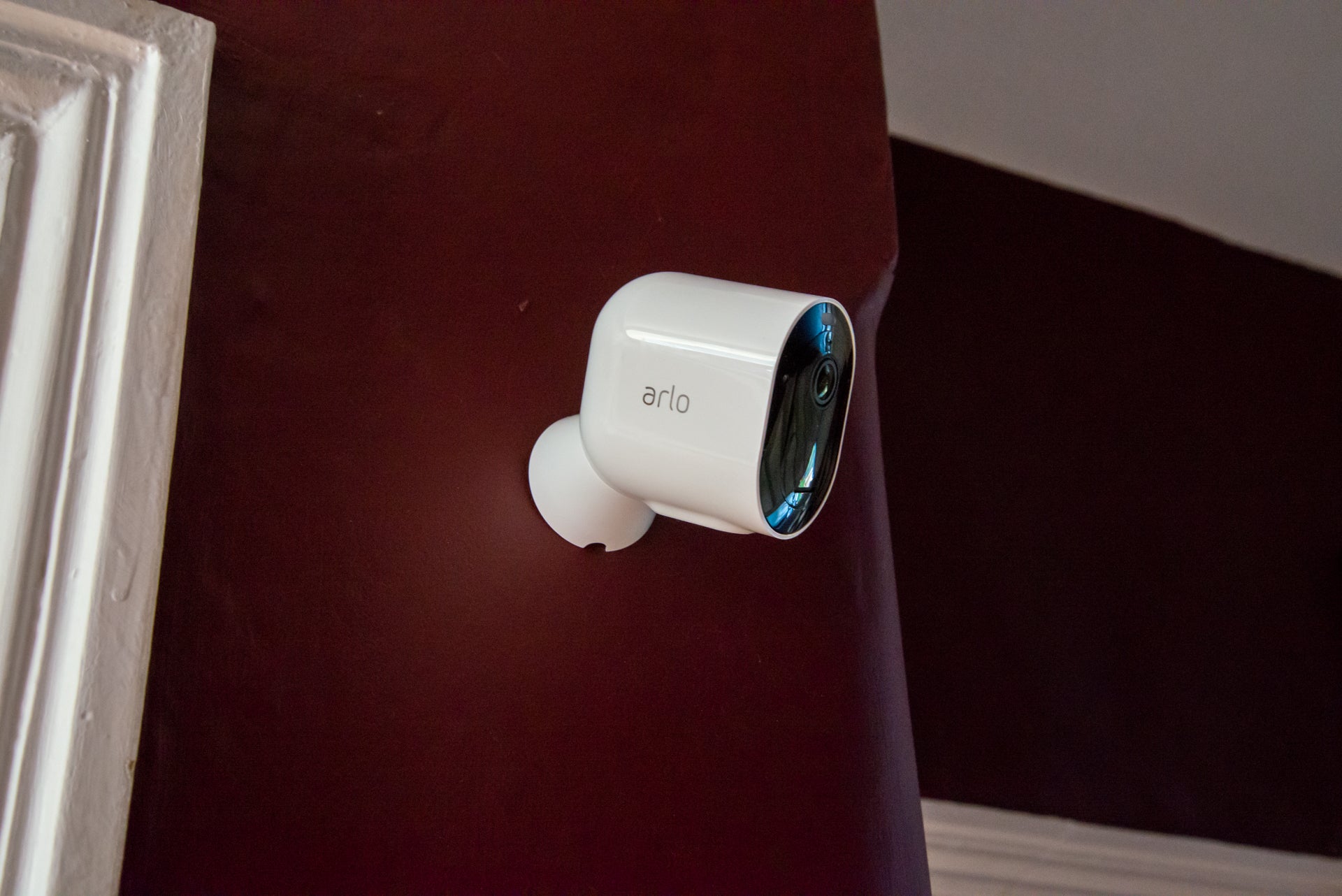
The magnetic mount makes it easy to place and adjust a camera
Features
- Cloud storage is a must to get the smart features you need to reduce notifications
- Excellent control over how and when cameras record using modes
- Spotlight helps the camera see in the dark
The Arlo Pro 2 came with free cloud storage, but the Arlo Pro 3 just comes with a three-month trial of the cloud-based Arlo Smart Premier. This covers you for up to 10 cameras and gives you 30 days of video history. At the end of the free subscription, Arlo Smart Premier costs £6.49 a month, although if you downgrade to Arlo Smart, it’s just £1.99 per year per camera, which works out cheaper if you have three or fewer cameras.
Interestingly, with the Pro 3 Arlo Smart gets you recording at the camera’s full 2K resolution, whereas the Arlo Ultra uploads at 1080p unless you upgrade to 4K video recording for an additional £1.49 per camera. Out of the box then, the Arlo Pro 3 produces better video than its big brother.
You can also set the system to record to USB storage plugged into the Base Station, although there’s no way to access this through the app and you have to plug the storage into a computer. If you cancel Arlo Smart, you can still have local recording.
By default, the Arlo Pro 3 streams 1080p video over the network, although you can turn on local 2K streaming. However, doing this disables the track and zoom feature of the system, which locks onto movement and follows it to give you a more detailed view. Curtailing features so that you get better quality video seems a bit unfair to me, but it was the same for the Arlo Ultra.
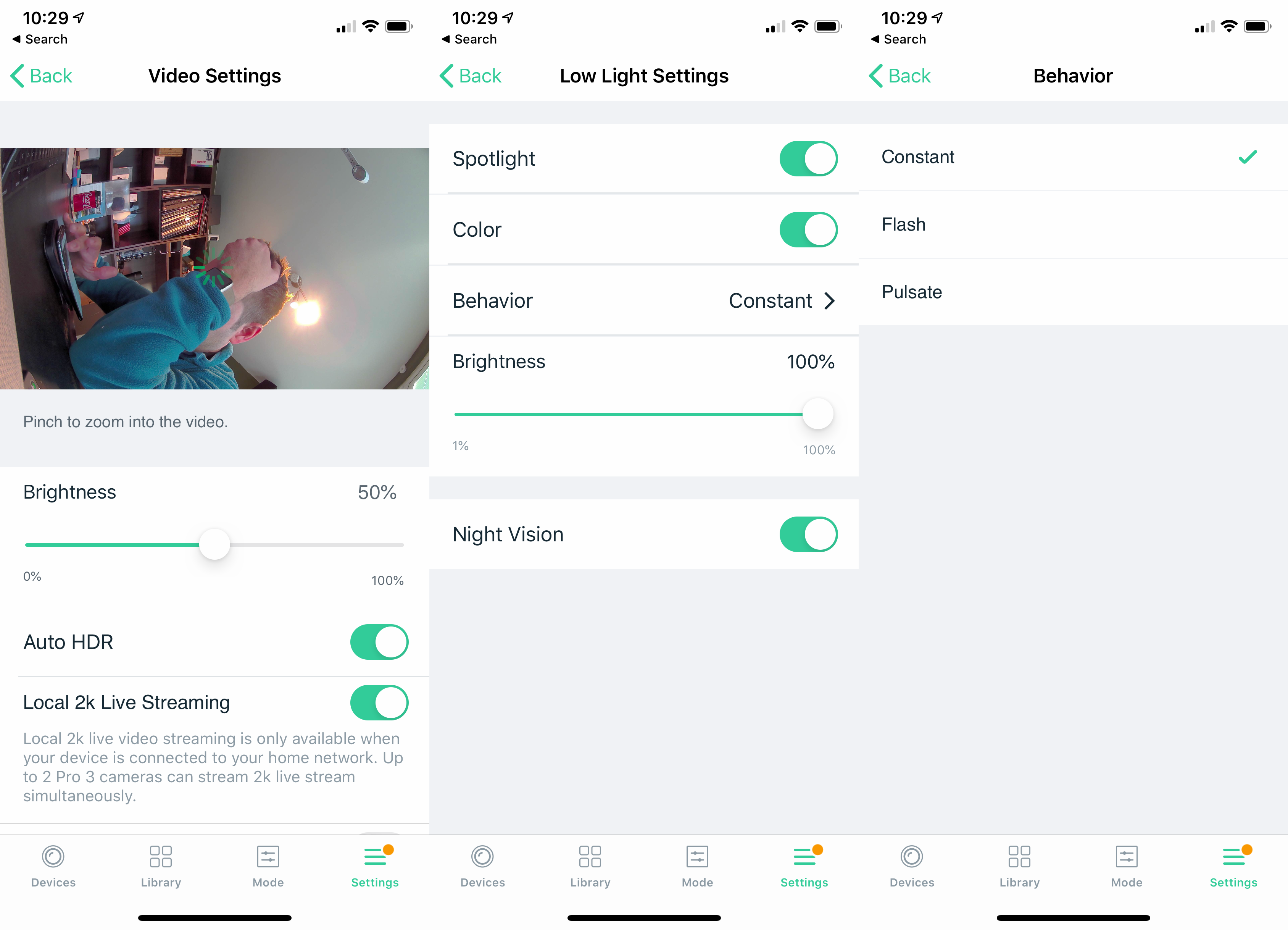
You can stream in 2K provided you don’t want the auto tracking feature
Besides cloud recording, there’s another good reason to get Arlo Smart: Cloud Activity Zones. These let you mark the area of the image that you’re interested in, so you only get motion alerts and recordings for movement in these areas. You can further restrict notifications by choosing which combination you want to notifications for: people, vehicles, animals or all motion.
Cloud zones work by using the camera’s PIR motion sensor to detect movement that wakes up the camera, which then starts streaming video to the cloud. The cloud service then analyses the video to see where motion is taking place and makes the decision on whether to keep or discard the footage.
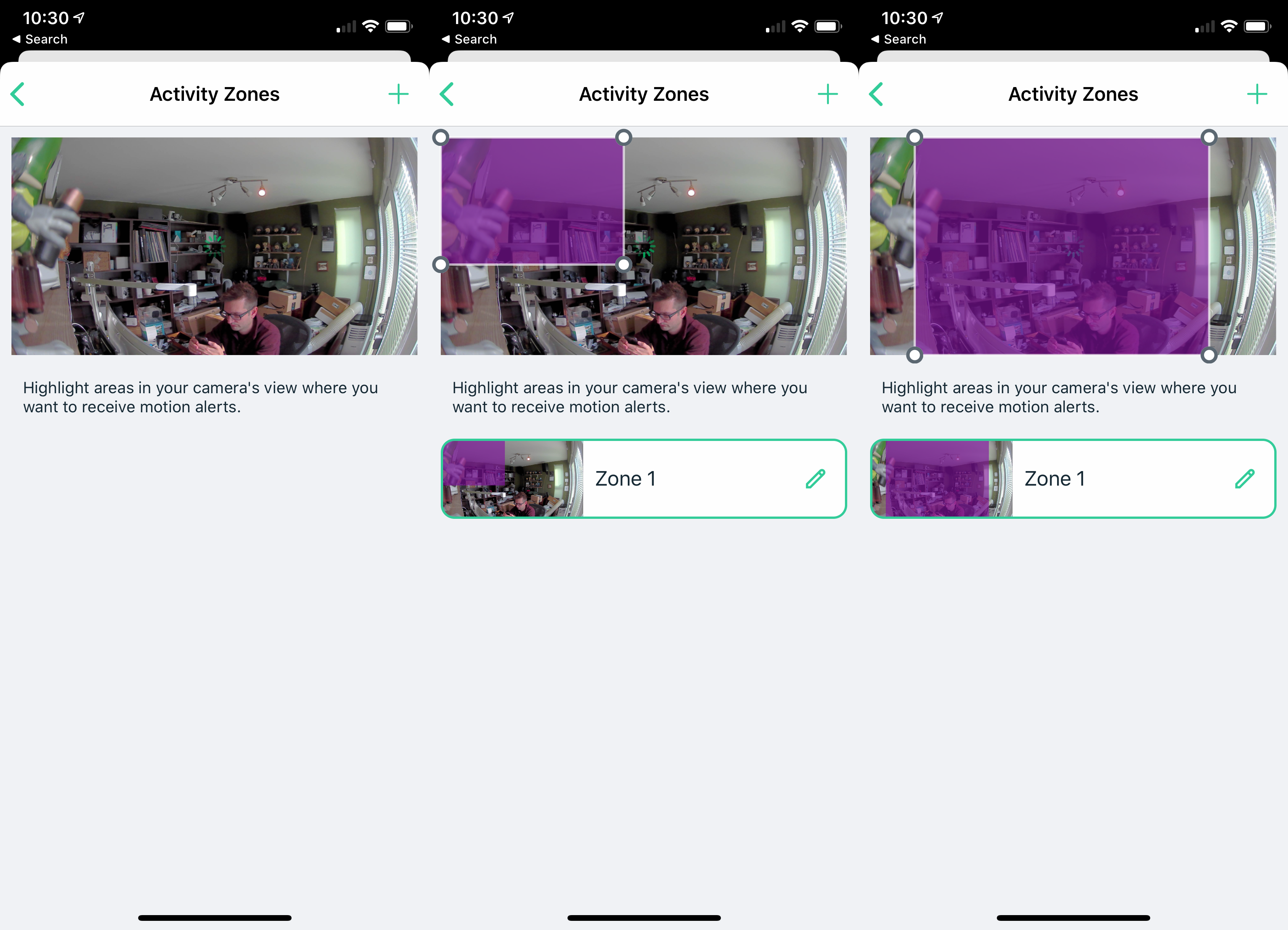
Activity zones prevent too many recordings but may not save battery life
It’s a clever system and one that keeps notifications to a minimum. However, you still have to be careful as any movement the Pro 3 detects will wake it up, draining battery life even if the video isn’t recorded. Particularly in outside areas, you should point the camera away from areas of high motion, such as a busy street. Typically, you should expect around 20 weeks of battery life out of a camera, depending on where it’s placed and how often motion is picked up.
Related: Can you record the public highway?
All recorded footage is available through the app, which lets you filter by camera and by what triggered the motion. You can also select a date, making it easy to find a specific clip, which you can then download to your phone to preserve the evidence.
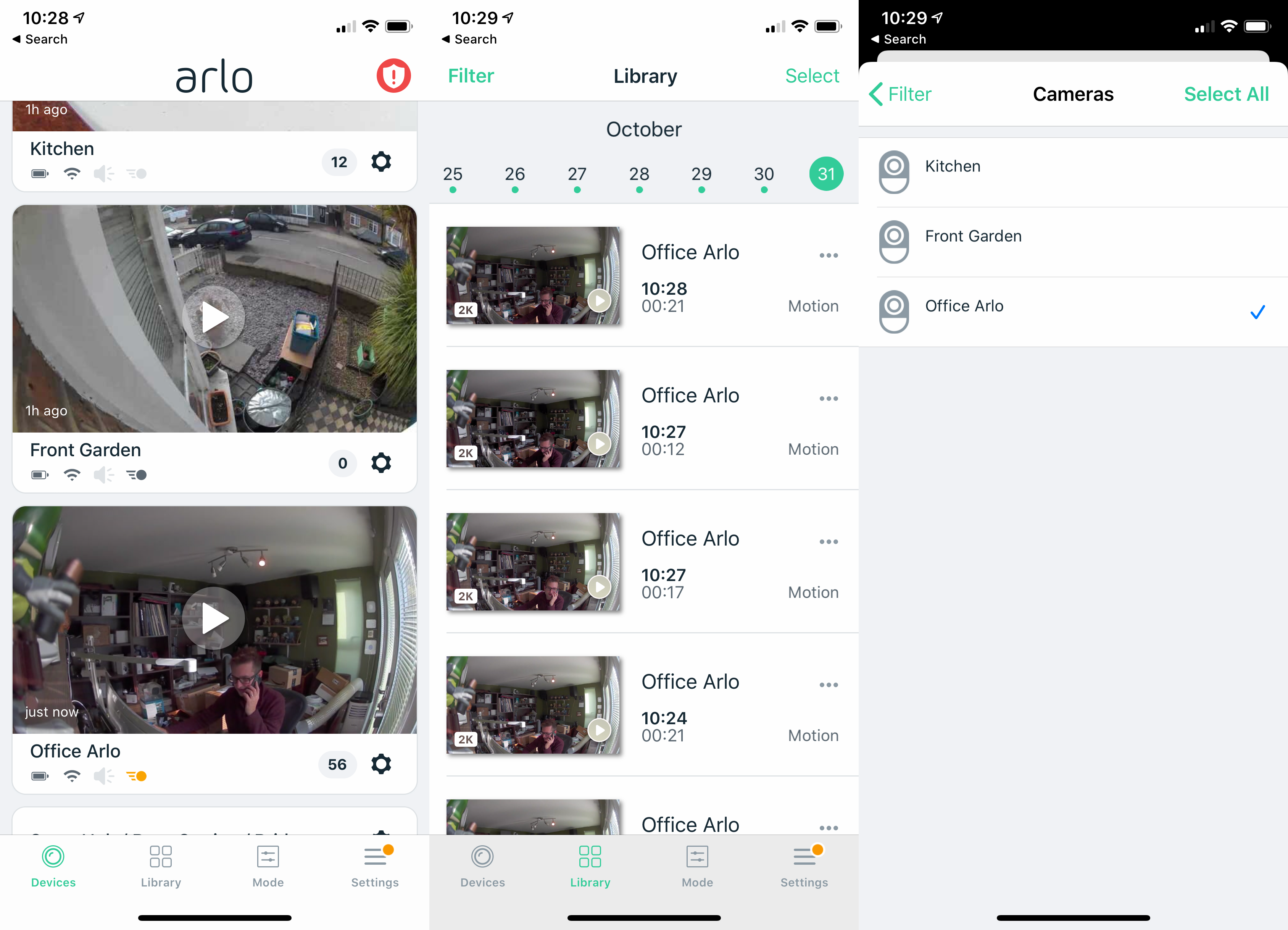
Finding recordings is easy
As well as recording footage, you can live view your camera at any time and use the two-way chat feature to talk to anyone you spot. The Pro 3’s speaker is loud and clear, as is its microphone: it’s certainly a good enough chat system to warn someone you’ve spotted that police are on their way.
You can play a siren out of the camera, which is more of alert than loud enough to really scare anyone off. More useful is the spotlight, which helps improve image quality and instantly warns someone that they’re being recorded.
To further restrict how the cameras record, you can use the Base Station’s modes. The default Armed and Disarmed turn all of your cameras on or off. Alternatively, you can arm and disarm using Geolocation to track your location.
You can add custom modes, selecting which cameras you want to record. For example, you could turn on all external ones and turn off all internal ones.
There’s also a Scheduled mode, letting you control which mode your system should be in (including custom modes) by time. Even better, Geofencing works with Scheduling, returning to Scheduled mode when you get home. For example, you can have cameras turn on when you go out, have internal cameras turn off when you get home, and turn on all cameras at night when you go to bed. There’s no other system that gives you this flexibility.
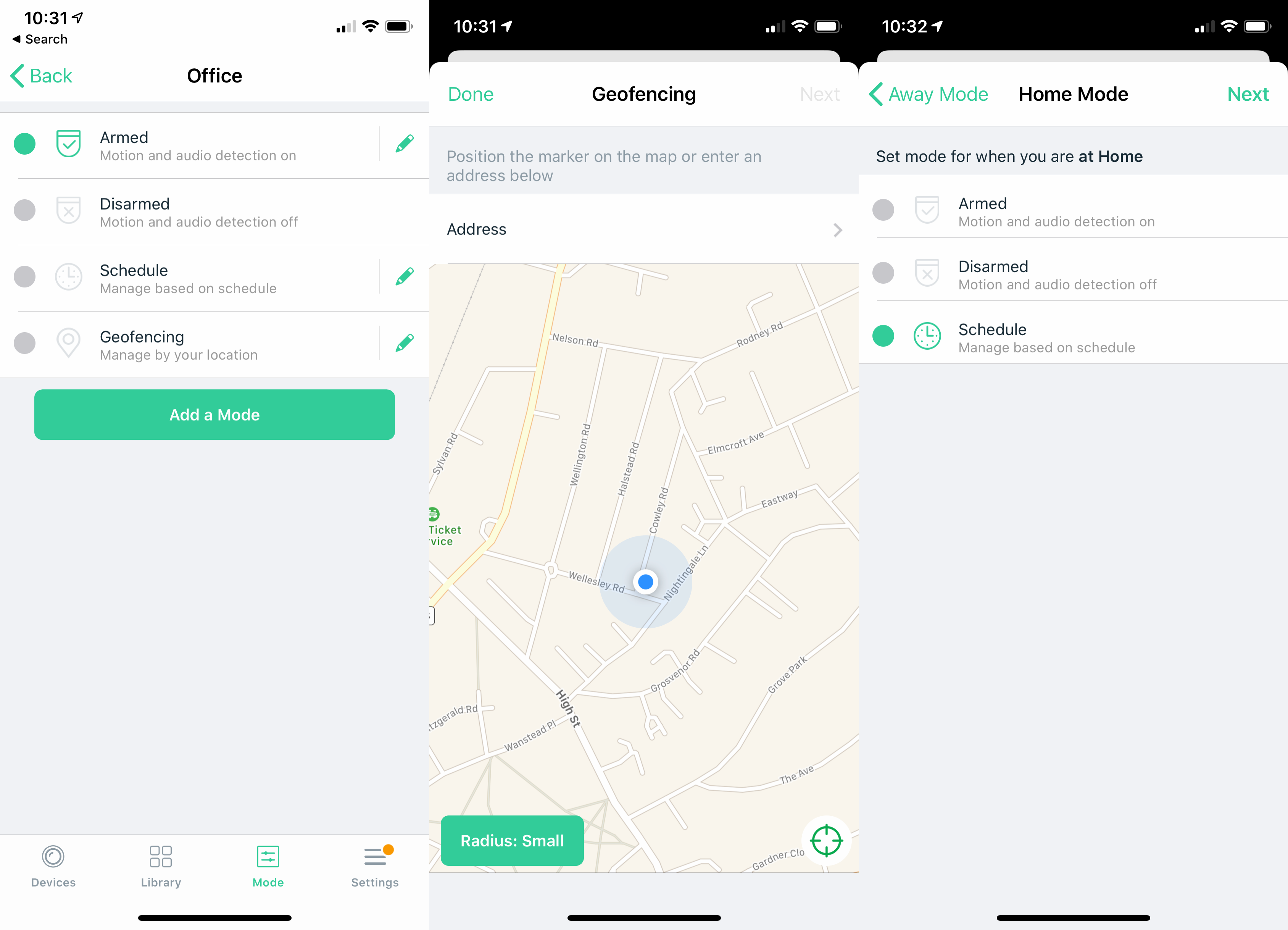
Modes are extremely powerful, letting you choose when your cameras can and can’t record
There are Skills for Amazon Alexa and Google Assistant which let you stream footage to a smart display, such as the Google Nest Hub or Amazon Echo Show. It’s a shame that neither Skill lets you set the mode on your cameras.
Video quality
- Excellent, high-resolution video
- Very sharp video during the day
- Full-colour night vision
With its resolution of 2560 x 1440 and HDR, the Arlo Pro 3 shoots the best video quality out of the box of any camera that I’ve tested. Yes, the Arlo Ultra shoots more detailed footage, but only if you record locally or pay more for cloud storage.
There’s a 160-degree lens, which is enough to capture most of a room; only the Arlo Ultra has a wider lens, with a 180-degree field of view. In practice, there’s not a huge amount in it.
During the day, the extra resolution produces a great amount of detail, with sharp, well-exposed pictures pulling out the detail. You can clearly see facial details, which make individuals easy to spot and recognise.
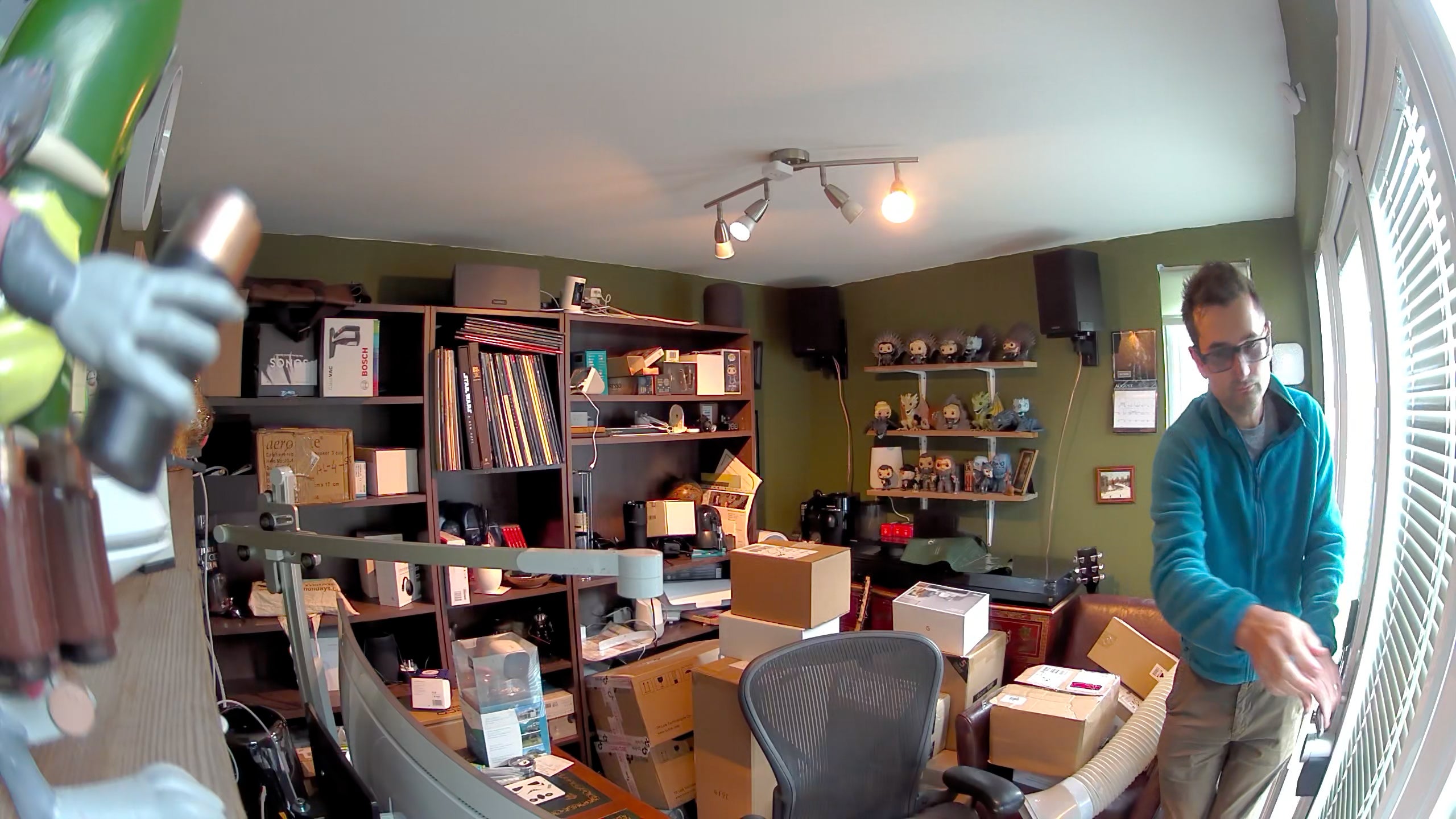
During the day, the Arlo Pro 3 produces very sharp video with a lot of detail
At night, the Pro 3 can shoot full-colour night vision, using a combination of colour and IR video, with the spotlight producing illumination. Video quality is again excellent, with none of the softness that an IR-only video displays. As such, it’s easier to find a frame where faces are clear and sharp, making identification of people that bit easier.
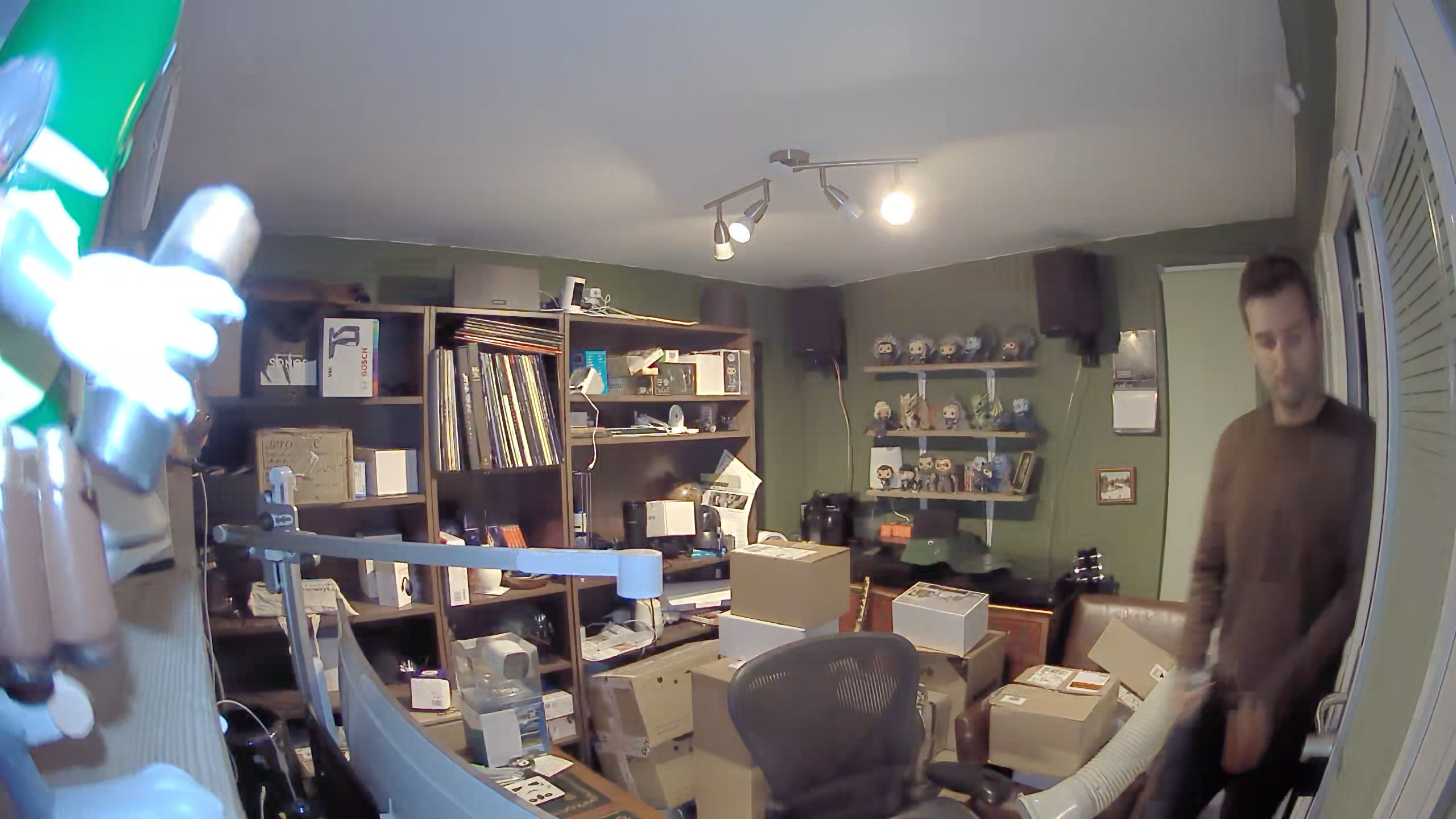
At night, the spotlight and colour night vision help you see what’s going on clearly
I recorded everything at the camera’s best-quality setting, although you can lower image quality to extend battery life. I don’t recommend this, as you won’t get 2K footage and higher-quality video with more frequent charge times are more important than extending battery life.
You should buy it if…
- You want the best wireless system
Price and performance wise, the Arlo Pro 3 is the single best wireless security camera system available, shooting at an excellent 2K resolution.
- You want full control over your cameras
With modes, you can set how and when your cameras record, giving you fine control over your privacy and security.
- You want a system that you can expand
There’s a large range of Arlo cameras that you can add to the system, including doorbells and other cameras.
You should not buy the Arlo Pro 3 if
- You only need one camera
This system is expensive, particularly if you have to buy the base station. If you want a single outdoor or indoor camera, then look elsewhere. - You don’t want to pay a monthly subscription
If you don’t sign up for Arlo Smart, you’ll lose a lot of very useful features.

